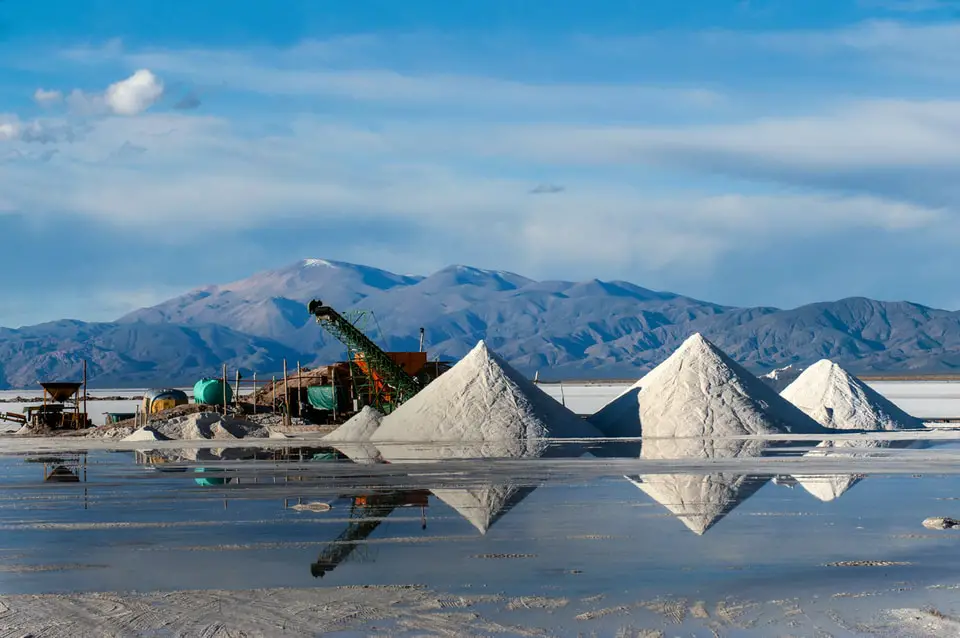The competition for lithium resources has gained a new legitimate geopolitical and economic significance. Electricity vehicles are becoming increasingly widespread. Furthermore, power storage is also becoming an integral function of renewable power generation. The lithium demand is projected to reach a five-fold increase by 2030. The countries rich with lithium reserves are going to gain massively while creating the world battery production sustainability and competitiveness.
The top 10 countries are responsible for 95% of the total lithium reserves in 2024. This is in terms of known global reserves of more than 80 million tons. The regional reservoir distribution, especially in the famous “Lithium Triangle” in South America and in the remote salt flats of inland Australia, can leverage only a few resource-rich nations in controlling lithium production and technology innovation in next few years.
Chile’s Atacama salt flat to the more recent lithium players such as Canada and the Czech Republic. These countries are currently the players that are to meet the rising demand. And at the same time emerging social and environmental issues posed by the extraction.
1. Bolivia Lithium Reserves
However, the enormous magnitude of potential production carries unfathomable political importance across the world. Through collaboration with German and Chinese companies bringing technologies and investments, the Bolivian government plans to finally produce more than 850,000 tons per year of lithium that transforms one of the poorest countries of South America into a mineral powerhouse called “Saudi Arabia of Lithium” but facing financial and knowledge gaps requires progressive legislative changes and flexible modes of partnership that assures Bolivia a dominant role The opening of the lithium deposits in Bolivia will change significantly the position in the ranking of the reserves and the geopolitics of access to stocks.
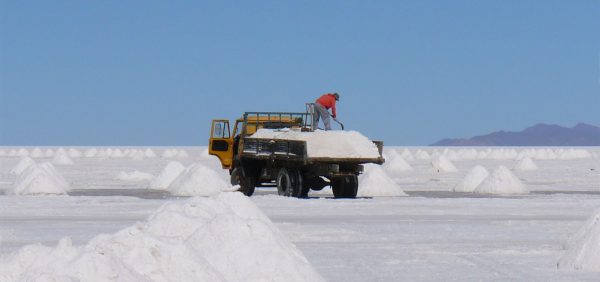
2. Argentina Lithium Triangle
Nonetheless, tougher provincial environmental constraints have hampered a few of the large scale projects. As environmental groups highlight the threats to the delicate wetland ecosystems and the native communities. These are situated in the salt flats destined for mining.
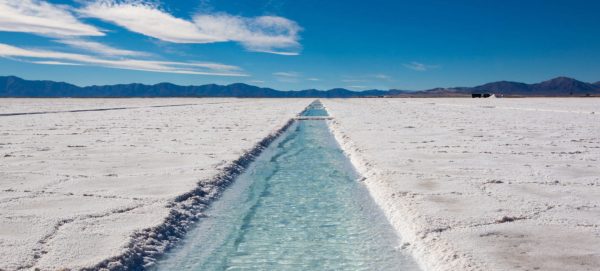
3. Chile Lithium Reserves
Nevertheless, the Atacama, the bountiful lode, the years of maximum production have exhausted it too. Here, pumping of groundwater alerts environmentalists. Lithium grades at operational mines are lowering down which leads Chile of falling behind as one of the major producers and not developing new reserves.
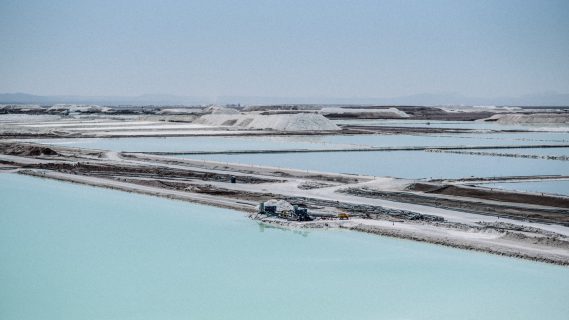
4. Australia Lithium Reserves
The main center where lithium production has increased to double its output in a handful of years is Western Australia. The rush to meet the world’s demand has triggered concerns over safety aspects. Especially the isolated and dry locations of the key lithium producing areas in Australia. Given that Australia’s weight in the global lithium economy is expected to overtake Chile by 2026, uncertainty looms across environmental sustainability and community access as more lithium resource is extracted from Australia’s remote Outback.
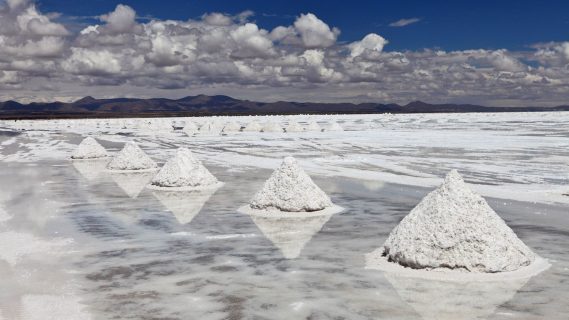
5. China’s Lithium Mining
However, pollution issues and environmental resistance movements have stalled China’s own lithium mining expansion. As a result, Beijing has ordered the state-owned enterprises to step up strategic acquisitions of foreign lithium deposits and projects. Miller investments in Chilean mines and acquiring rights to a promising Canadian lithium site are typical of China’s moves to ensure greater lithium supply at the source despite outsourcing energy-intensive production. Meanwhile, foreign acquisition gave China international reserves ranking 5th, and China must resolve those conflict between supply security and geopolitical conflict caused by aggressively tying the world’s lifeline of lithium.
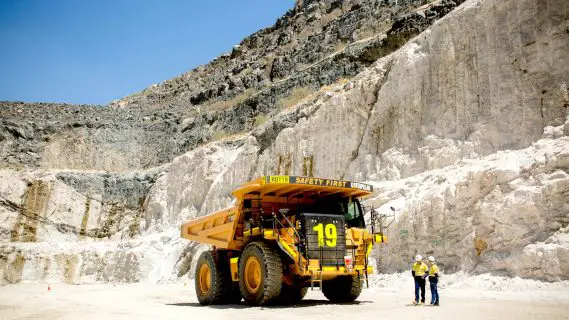
6. Germany Lithium Mines
Germany expects to cut down import dependence along with an increase in its lithium demand. This is by means of projects creating a closed loop for battery recycling and partnerships with resource-rich European neighbors. Strict sustainability standards govern foreign investment decisions of German companies; these standards represent Germany’s steady alignment between industrial supremacy and environmental protection. Although it possesses no own resources, Germany’s position at the top of the high-value battery supply chain is systemically supported by technology advancements, collaborations and the principle-based procurement practice.
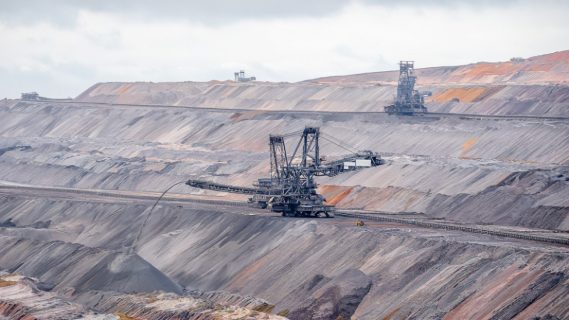
7. Congo Lithium Minerals
Nevertheless, political instability and infrastructural deficit are some factors that are still generating an uncertainty that the lithium development plans may succeed. The future of the extracts of the Democratic Republic of the Congo lies in sustained foreign experts and investment to properly scale up the DRC’s lithium output. The improvement in the economic aspect depends on this progress nevertheless it can be tumultuous. If the regime of the institutions and regulation is good, the lithium endowments of the DRC can be used to fund new roads and power sources that would uplift the isolated communities through mineral wealth, which is shared with the locals. It is clear that the stakes are high with this unexplored yet new resource.

8. Canada Quebec Lithium Project
In view of the rapid electric vehicles’ demand stimulating federal incentives, Canada is fast advancing to create a seamless domestic lithium-ion battery supply chain. The Lithium discovery in Quebec and other assets are to provide a foothold in sourcing raw materials as giga factories emerge across southern Ontario. Losing no time to turn lithium into competitive advantage for Canada in battery manufacturing across North America, while meeting the best social and environmental criteria, will depend on that new lithium wealth being negotiated and used with fair labor standards and community involvement for Quebec.
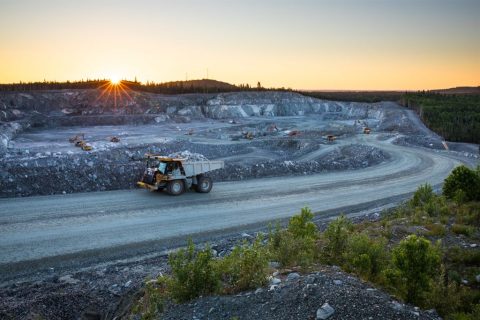
9. Mexico Lithium Reserves
North America’s electric vehicles industry continues to escalate explosively. Nonetheless, Mexico’s place situated next to the US brings in-built advantages. In conjunction with the expansion of US battery giga factories on lithium reserves production, the Mexican government has singled out efforts to attract technology partners that are able to efficiently develop lithium reservoirs. By directly using Mexico’s lithium deposits to serve cross-border climate goals, the diplomatic and economic gains from this could be deeper. By having vision and the consistent advances in resource discovery and pilot extraction, Mexico can be among rapid risers of lithium countries if it will supply regional de-carbonization projects.

10. Czech Republic Lithium Industry
Multinational companies like SVolt, a Czech-based firm, begin production of battery cells while Volkswagen selects the region for planting new EV lines. The Czech lithium stockpile is crucial in facilitating domestic sourcing. However, conservationists have nevertheless warned that large-scale mining may encroach on protected areas if it is not properly monitored while the demands increase. The forward momentum to reserves-to-batteries capacity could significantly challenge Prague’s climate policy when it comes to opening additional land for resource extraction, but its necessary to chose with caution.
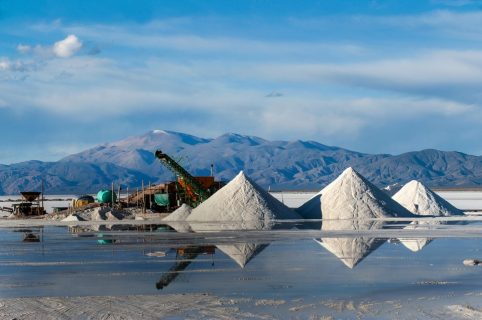
Conclusion
While Bolivia as the unquestionable lithium king to newcomers like Canada, these countries also hold the commitments about sustainable extraction and local community rights together. Technology and recycling can alleviate supply issues. Furthermore, the collective best interest making lithium demarcation and production standards is countries with rich lithium reserves prioritizing it.
To achieve this, the Lithium-producing frontrunners should invest strategically and pool their knowledge so that the broader adoption of the battery technology becomes easier, thus accelerating the global move to renewable energies.
